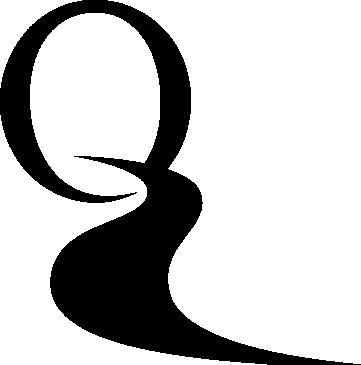We log anonymous usage statistics. Please read the privacy information for details.
Author Guidelines
CALL FOR PAPERS FOR THE JOURNAL FILOLOŠKE PRIPOMBE / FILOLOŠKI STUDII (PHILOLOGICAL STUDIES) IN 2025
We are pleased to announce a call for papers for the two forthcoming issues of the Slavic journal Philological Studies in 2025.
The thematic issue for 2025 will be devoted to Slavic Cultural Contacts.
Suggested thematic areas include:
- Slavic cultural contacts (linguistic, literary, historical, theatrical, film, music, visual arts)
- Cultural-historical relations
- National specificities and differences
- Contrastive study of Slavic languages
- Literary translations
- Intercultural communication between Slavic countries
- Reception of Slavic cultures
- Slavic cultures in primary, secondary, and university education
- Cultural festivals and guest appearances of Slavic artists abroad
Submissions may be sent directly to the editorial office or submitted through the platform.
Deadline
10 April 2025
The authors are solely responsible for the graphic and textual materials included in the submission and must obtain a license if they are sourced from third parties. The journal disclaims any liability if the published articles contain materials (illustrations, tables, and text elements) subject to third-party copyrights.
Formulation
Articles in the journal are arranged in the following sections:
- Philosophic and Cultural Issues
- History and Philology
- Word in Historical and Cultural Context (Comparative Aspect)
- Literature in Intercultural Context
- Modern Society in Culture, Language, and Literature
- Study of Speech. Linguodidactics
- Reviews and Information
The author determines the section and type of publication to which his / her work belongs (expert paper, original scientific paper, prior publication, peer-reviewed paper).
Format
Articles should be 8-16 pgs in A5 format (max. 40000 characters, not including the abstract and bibliography), Microsoft Word for Windows, Times New Roman font size 10, margins 2cm, line spacing 1.0.
Language
Articles are accepted in English, Russian, Macedonian, Slovenian, Serbian or Croatian language.
Title
The article title should be in bold capital letters, centrally adjusted.
Author Information
Information about the author should be placed after the title, adjusted to the right, in the following order: Name, Middle Name, Surname. Full name of the organisation ORCID (Open Researcher and Contributor ID, if applicable), author email. Town, Country. Information should be given both in English and in the language of the article.
Keywords
Keywords (8-10) should be comma separated and given in both English and the language of the article.
Abstract
The abstract should contain 150–250 words, express the basic content of the article and be informative, seriously structured, coherent, and logical. The abstract indicates the aims, tasks, and methodology of the scientific work, as well as the results and conclusions. It should be given both in English and the language of the article. For a review, rather than an abstract, give a full bibliographical description of the peer-reviewed edition (in the original language) and it's variant in English, for example:
Special Mentions
References to sources of financial support, scholarships, expressions of gratitude to colleagues, etc. are listed in italics, after the abstract, and before the main text of the article.
Illustrations
Illustrations (graphs, charts, photos) should be in black and white, and resolution of 300 DPI. They should be sent with the accompanying text in the form of a separate file (in jpg or jpeg format), or in the text file of the article. If special symbols are used in the article, a pdf version of the paper is attached. The source of the illustrations should be mentioned. The copyright is the responsibility of the author.
Footnotes
Footnotes should give additional information. They are written in font size 8 and are listed in descending order. Footnotes provide information, archival material, and links to electronic publications of a non-scientific nature. It is not advisable to include links to scientific papers in footnotes. Shortcuts (for example, shortcuts used in text, archive shortcuts, etc.) are resolved in footnotes as used in the text. The full title of the archive is given in English in brackets. The titles of archival sources are not included in the literature list and are not repeated in the References.
Sources
Sources within the text should be put in brackets (author’s last name, year of edition: No. of page). Ex: (Bachelard, 1997: 56).
References
Copyright Notice
Philological studies © 2019. This work is licensed under a Creative Commons Attribution-Noncommercial-No Derivative Works 3.0 Unported License









